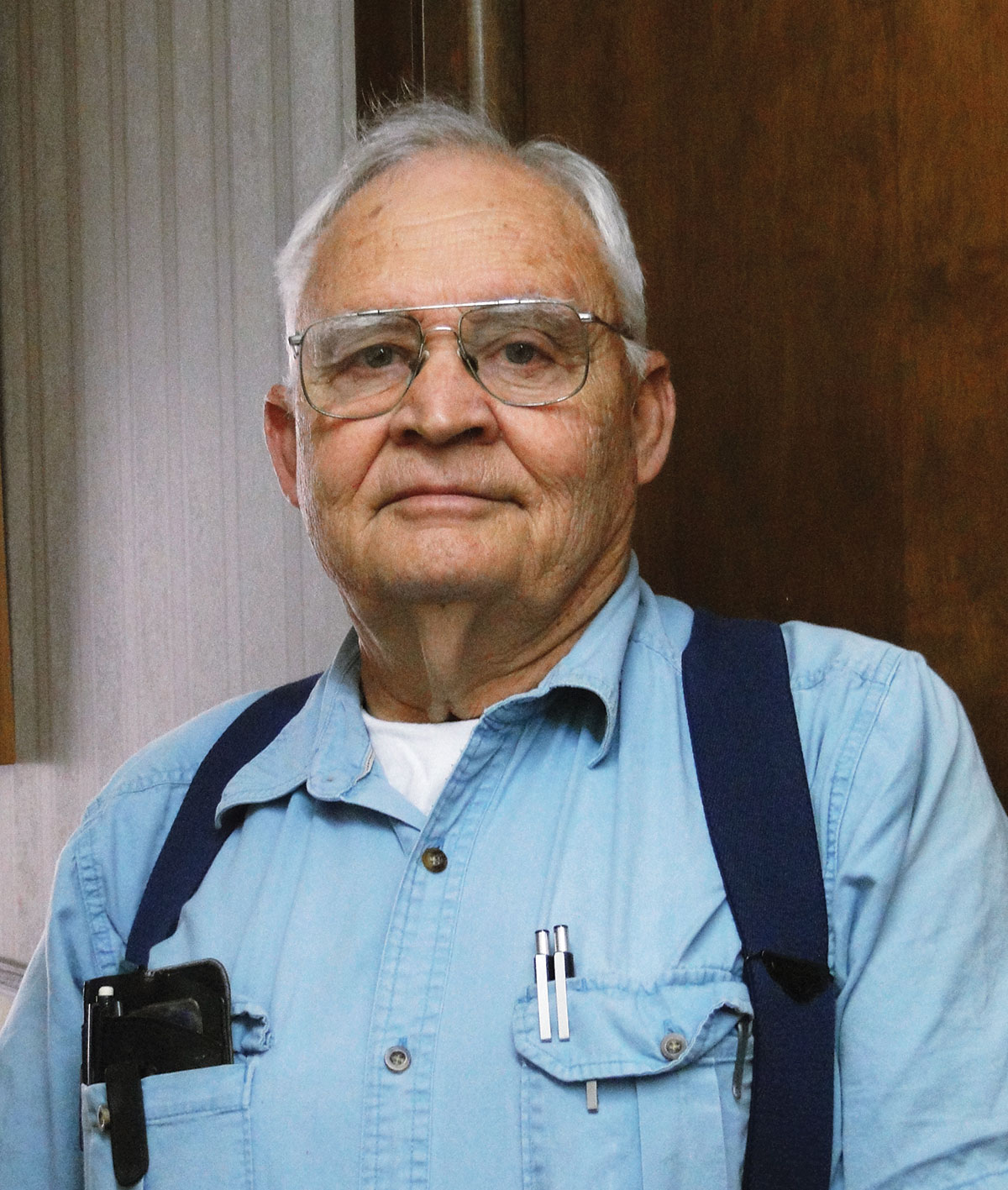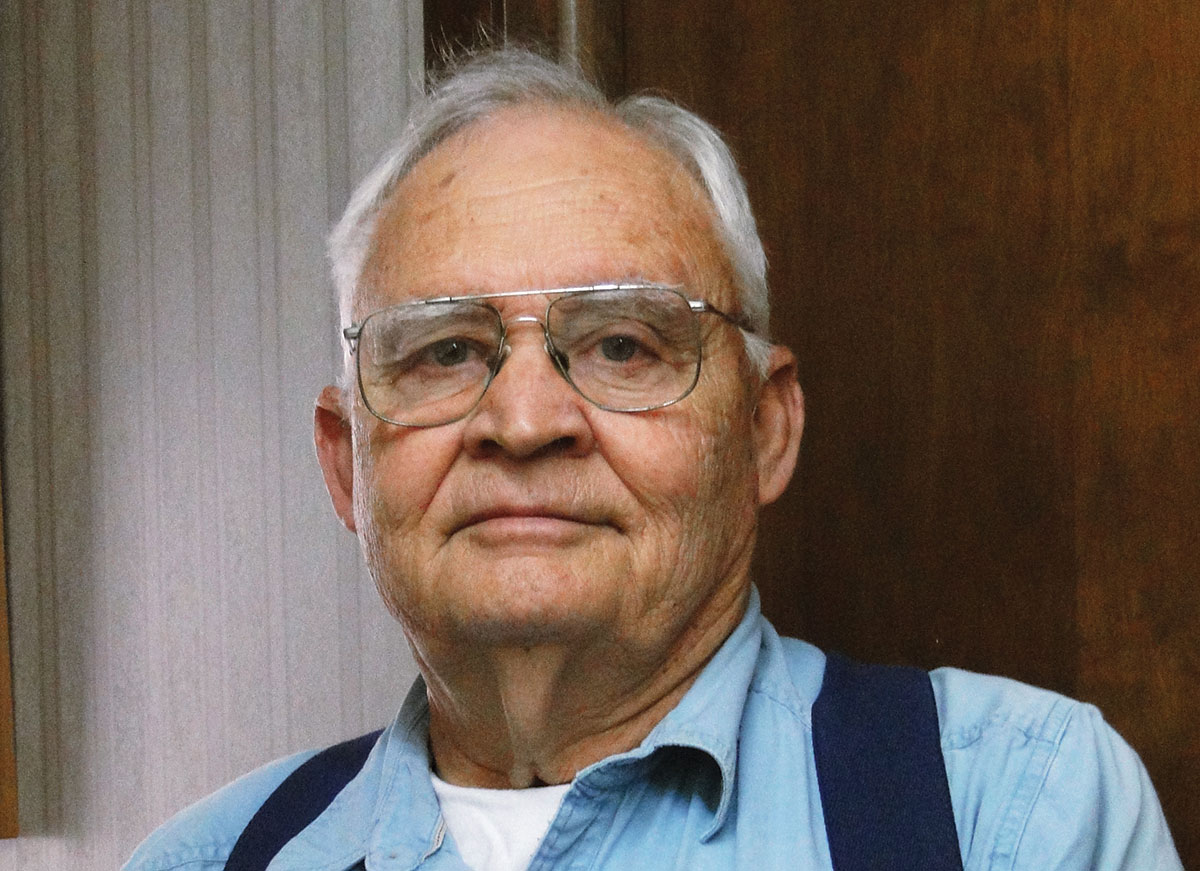 Owner: James E. Shearer, DVM
Owner: James E. Shearer, DVM
Location: Paris, Ark.
History: “Dr. Jake Reineccius opened this business in the 1950s. My dad was a physician, and a pediatrics and obstetrics specialist before those specialties were common. My interest, however, was agriculture. Going to school changed my perception of what I wanted to do. I thought I wanted to work in animal nutrition. Then a professor pointed out that I would be probably spending most of my time bound to a desk and lab, so I decided to become a rural veterinarian because I would be outdoors making trips to farms as well as working at the facility in town. I have been here since 1971 and am now the owner of the business. There were three veterinarian owners and it was primarily a dairy practice. This facility was one of the first to have haul-in cattle pens. Since I work alone, an important part of the indoor facility is a chute because now cows weigh a 1,000 pounds instead of being weak and wormy as they were when I started. Performing a C-section alone with a cow tied to a pole in a barn is not easy and the chute is extremely helpful. Pet care is over half of my business, although I still make trips to farms for many reasons.”
Services: “Careful examination and diagnosis is the heart of the business. That often means listening to what farmers think needs to be done while I’m already working on the problem and explaining what they ought to do. One size does not fit all. I strive to be practical and conservative as a way of better serving my clients who sometimes miss the obvious. Horses typically have lameness, colic and wound issues while small ruminants suffer from predators and parasites. Many people raise backyard chickens which often suffer from random health issues specific to that farm and time. Common cattle problems include prolapses, birthing difficulties and C-sections and herd health problems like pneumonia and anaplasmosis. I often apply the science in less than ideal conditions. One of my more recent trips involved working on a half Brahma heifer roped in the woods with a prolapsed uterus in the pouring rain. Another time I had to help deliver a calf through C-section ankle-deep in a pond. Another was a cow with horns that had curved around and grown into the animal’s head. In that case I needed to saw off part of the horn. Because I usually get only one shot at solving a problem, I try to keep everything as simple but as effective as I can.”







